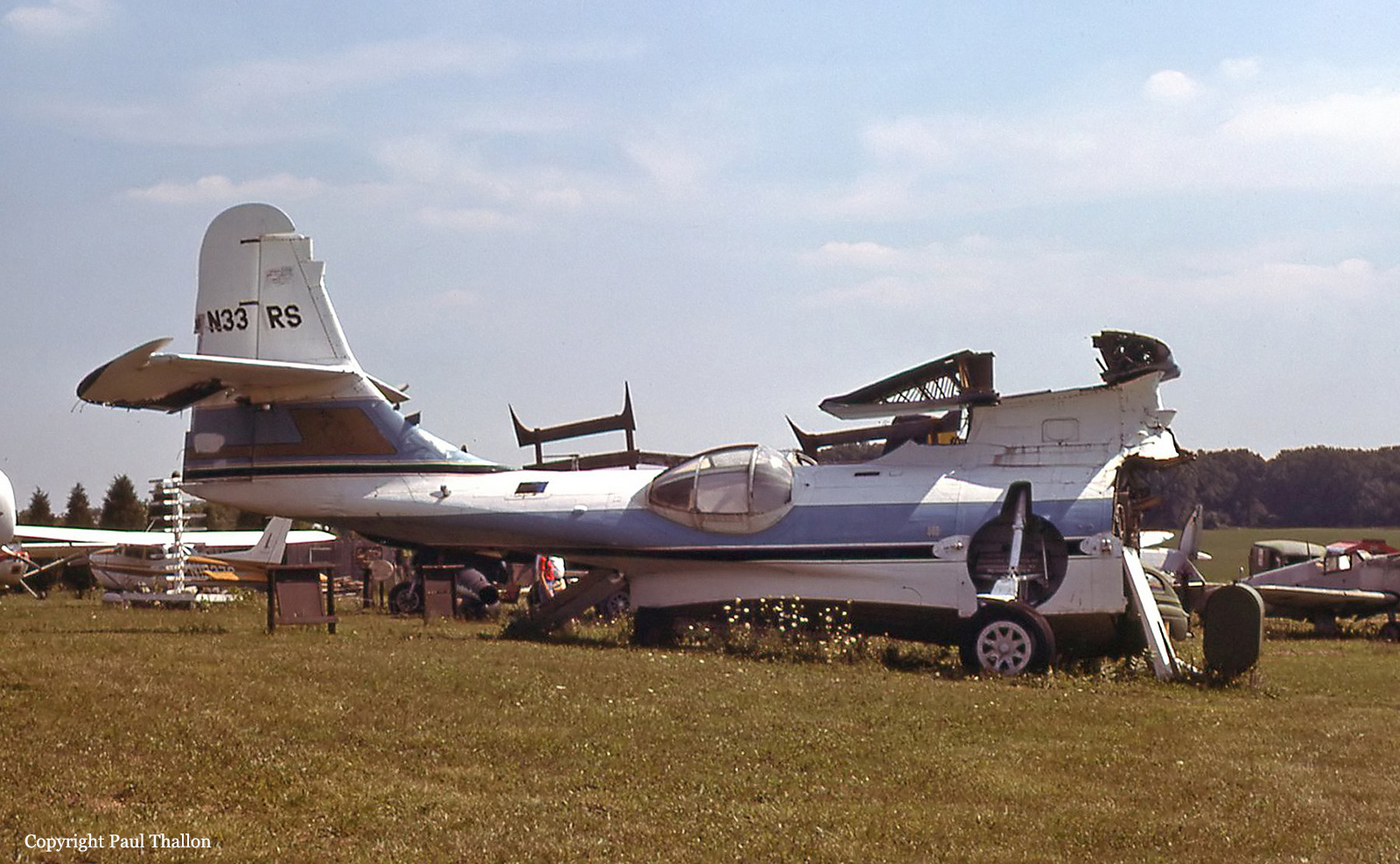Crash of a Beechcraft 65-A80 Queen Air in Chicago: 1 killed
Date & Time:
Mar 25, 1970 at 1940 LT
Registration:
N242U
Survivors:
Yes
Schedule:
Chicago - New Castle
MSN:
LD-242
YOM:
1965
Crew on board:
2
Crew fatalities:
Pax on board:
0
Pax fatalities:
Other fatalities:
Total fatalities:
1
Captain / Total hours on type:
263.00
Circumstances:
At liftoff, the twin engine encountered serious difficulties to gain height, stalled and crashed. A pilot was killed while the second crew member was seriously injured.
Probable cause:
Stall after takeoff due to an excessive accumulation of snow on wings and fuselage. The following contributing factors were reported:
- Inadequate preflight preparation,
- Airframe ice,
- Icing conditions,
- Snow,
- Slush on runway,
- The crew partially removed snow before taxi,
- 13 minutes time span between taxi out and takeoff in snow conditions.
- Inadequate preflight preparation,
- Airframe ice,
- Icing conditions,
- Snow,
- Slush on runway,
- The crew partially removed snow before taxi,
- 13 minutes time span between taxi out and takeoff in snow conditions.
Final Report:











